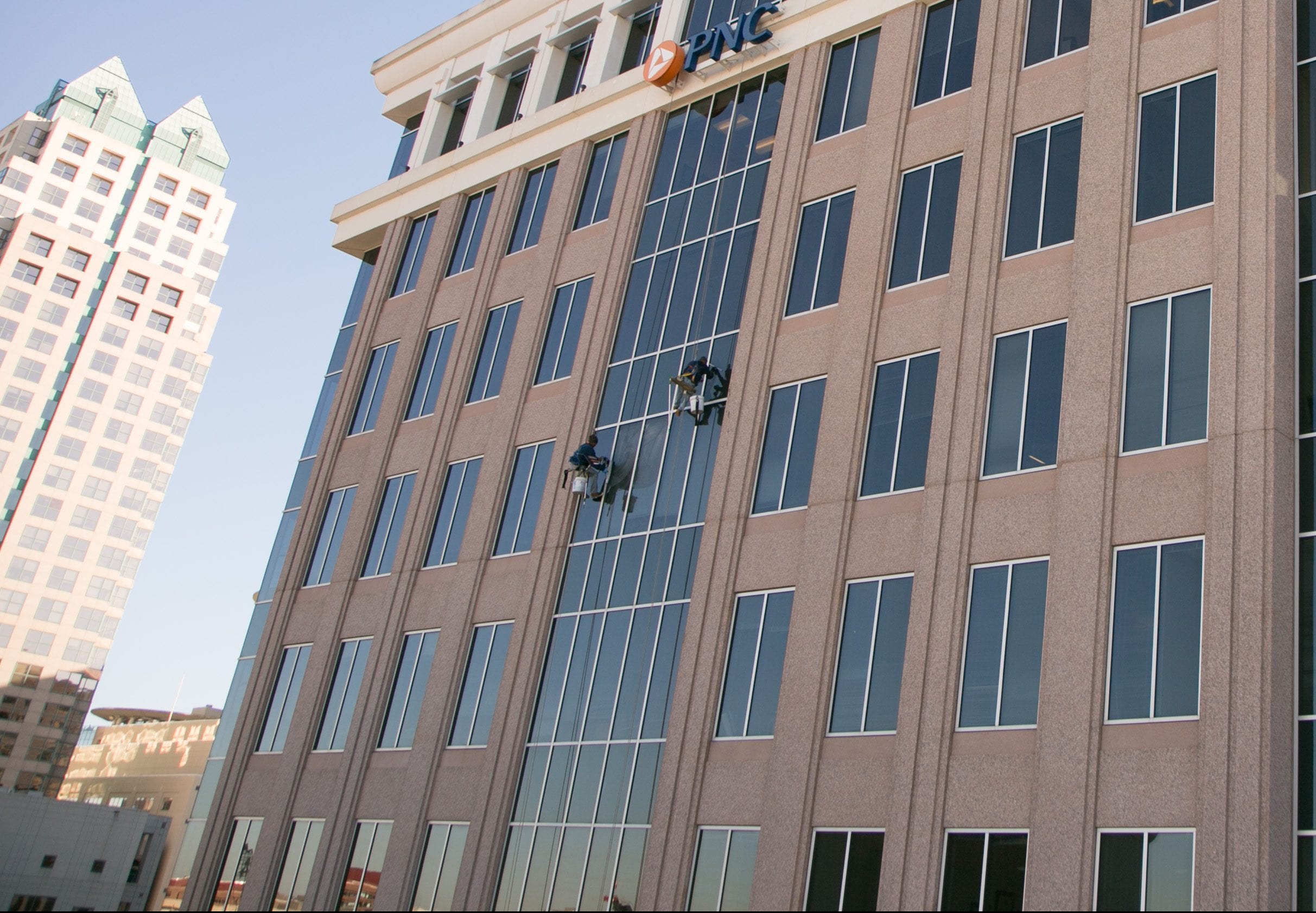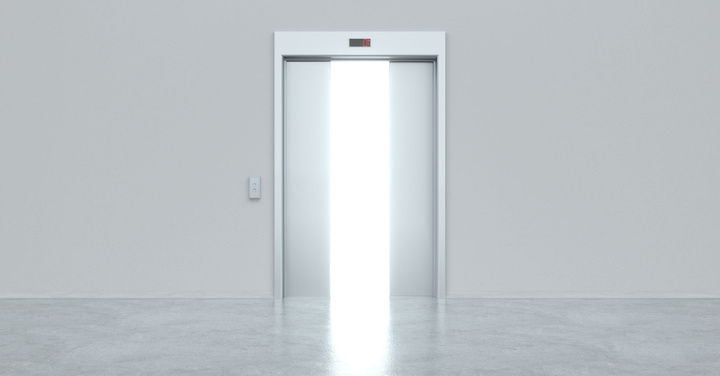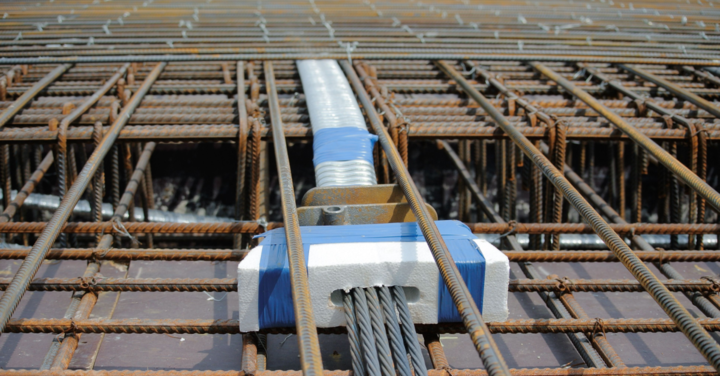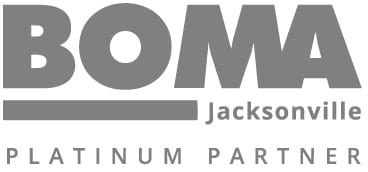People entering a multi-level building typically look for the closest elevator to them to get to their destination. Whether in a commercial building or a residential space, people notice elevators for their interior design, cleanliness, and functionality.
Everyone has their own “memorable in all the wrong ways” elevator experience, whether it be a slow-running lift or a dirty interior. People notice the conditions of an elevator, in turn shaping their perception of the owners and their commitment to the building and those visiting it.
An elevator is one of the most used features in a building, other than restrooms- another space judged by its design, cleanliness and function.
Why Should I do a Custom Elevator Design?
When designing the cab interiors of elevators, building owners should consider the various customizable features and materials available. Custom elevator interiors can include repair, custom fabrication, and new construction.
Each of these designs offer distinct advantages, and depend upon what option is best for your building and your budget. Prefabricated systems require less cost and elevator downtime, but offer fewer customizable materials and options. Interior decorating often includes customizable engraving services that can really make your elevator shine.
When is Elevator Interior Design or Remodeling Needed?
When prospective tenants, associates, or workers notice that your building’s elevators appear dingy, vandalized, cracked, or worn out, their appearance will leave an undeniable impression on how people conceptualize your building. Elevators set a visual tone of comfort. Just as a decorative window displays the quality of the products available at a store, a newly remodeled elevator showcases your building’s quality and mindfulness for aesthetics and functionality.
What Services are Available for Custom Elevator Interior Design?
When deciding to partner with a professional elevator cab service provider, you will work with experts who will help design your elevator’s interior. There are many services available for you to choose from, each of which offers an opportunity to transform your elevator cab.
- New Design: Update old electrical wiring, adhere to municipal building codes, and revamp your elevator cab’s interior. Choose from high-end materials to work with, including metal, glass, plastics, or stone. Consider art or media designs and create a calm and welcoming environment for your building.
- Renovations: Change out dented wall panels, replace lighting and ceiling panels, and upgrade control paneling. A range of cosmetic changes will make your elevator more user-friendly and attractive.
- Fabrication: Building owners should consider whether their elevator cabs would benefit the most from custom fabrication or pre-engineered designs. The installation process for elevator interiors depends upon what materials and options you choose.
- Custom Engraving: Make your elevator stand out with an engraving service for the lift’s interior walls, doors, floors, call plates, card readers, and floor indicators. There are a variety of options to choose from to give your elevators a distinctive flair!
While a functional elevator is important, consider that design choices should match the style of your building’s tenants and visitors. For example, a high-foot-traffic commercial building benefits from having an elevator display with local advertisements. Or perhaps a quiet residential building in the suburbs would benefit from a more straightforward but welcoming design that could be easier to maintain.
Give your Elevator a Lift with The Valcourt Group
Building owners looking for help in remodeling or maintaining their elevator cabs turn to the industry experts, and there’s no company more experienced and qualified than The Valcourt Group. Valcourt specializes in providing a range of building services to property owners with office buildings, high-rises, parking garages, stadiums, hospitals, and apartment complexes. Valcourt offers their customers dedicated solutions. With over thirty-five years of industry experience, Valcourt can help bring your elevator’s interior designs to the next level. Contact The A1orange Group today!








